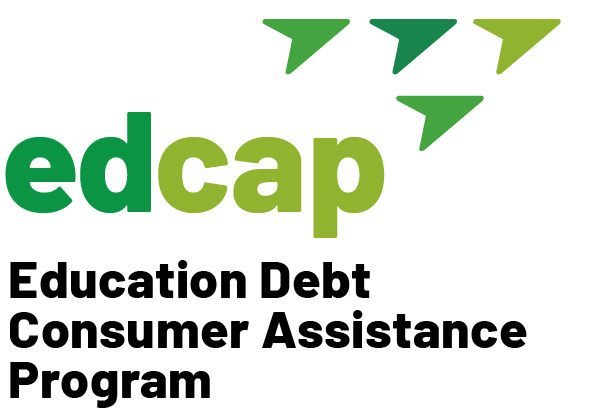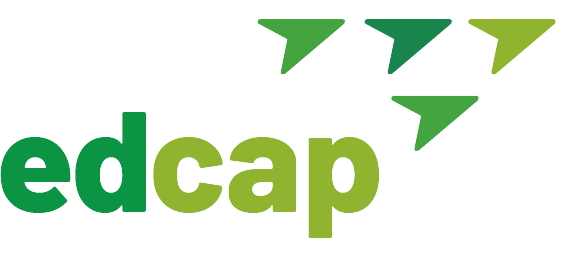This tool shows how consolidating your loans could affect your progress toward Public Service Loan Forgiveness (PSLF). PSLF requires 120 qualifying payments. When you consolidate, your past payments don’t just transfer over, they’re combined based on loan size. Bigger loans count more, smaller loans count less.
For example: if you have a $20,000 loan with 60 qualifying payments and a $5,000 loan with 100 payments, consolidation doesn’t give you the higher count (100). Instead, the counts are blended: your new loan would show 68 qualifying payments toward the 120 required.
How it works:
- Pre-Consolidation: Shows time to forgiveness if you keep loans separate.
- Post-Consolidation: Shows time if you consolidate now.
- Comparison: Highlights any difference in remaining payments.
How to use:
- Enter each loan’s balance and qualifying payments made.
- Add all loans, then click Calculate.
Disclaimers:
- Above are estimates only!
- You can estimate your qualifying payments on a loan-by-loan basis or find them in the PSLF Tracker on your Federal Student Aid (FSA) account at studentaid.gov.
- Submit the PSLF Certification form to update your qualifying payment count before you consolidate. Use the PSLF Help Tool from your FSA account and request an electronic signature from your employer for the quickest results.
- We recommend submitting these forms annually or when you change jobs or have reached 120 qualifying payments.




